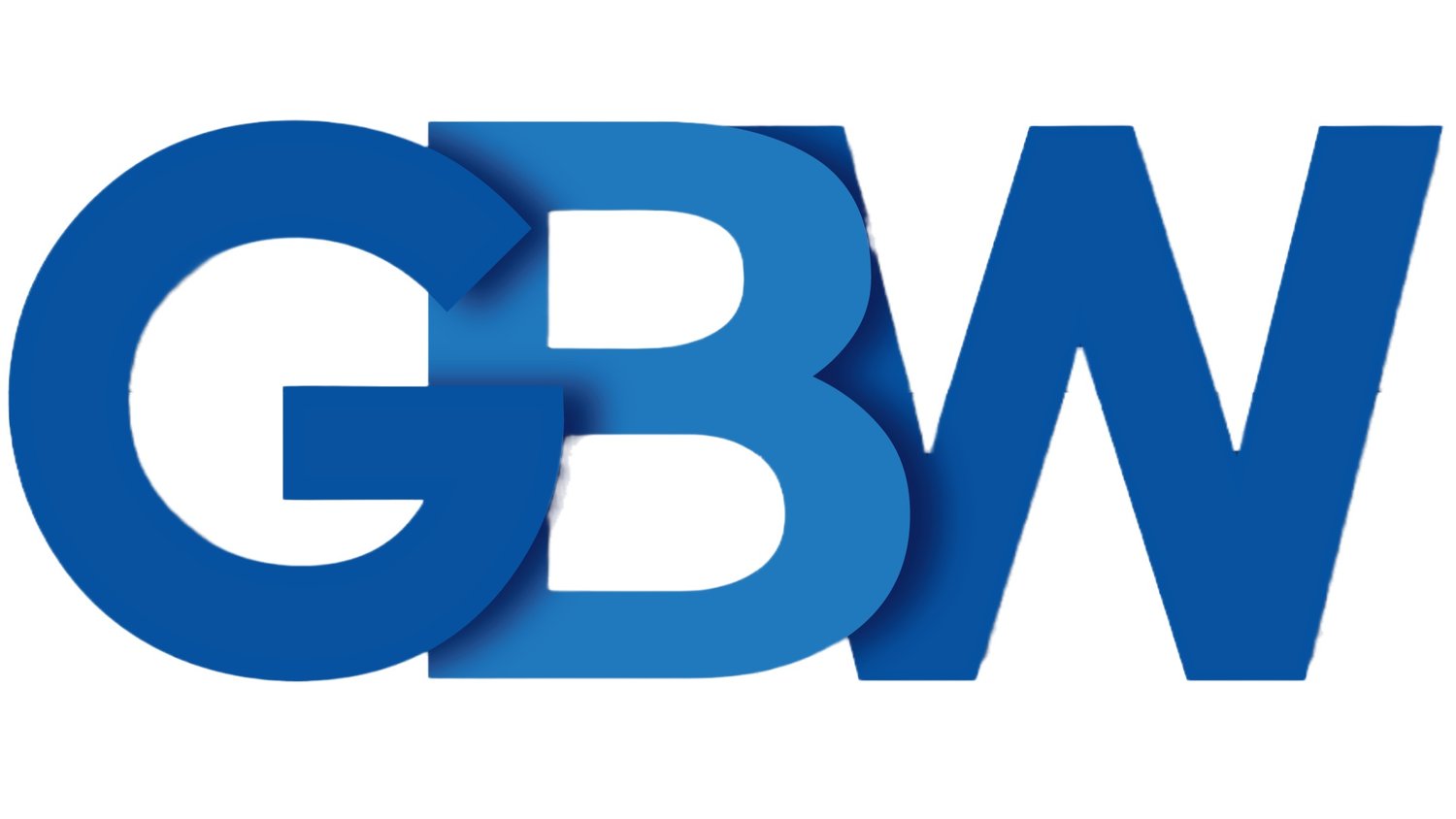How to Check if Your Propane Gas Bottle is Running Low
Propane gas bottles are essential for various household and outdoor applications, including grilling, heating, and camping. Running out of propane unexpectedly can be inconvenient, especially if you're in the middle of cooking or relying on it for heating. To avoid this problem, it's important to know how to check if your propane gas bottle is running low.
This guide will cover different methods for checking propane levels, signs that your bottle may be near empty, and tips to prevent unexpected shortages.
Why It's Important to Monitor Your Propane Levels
Checking the level of propane in your bottle helps in:
Avoiding interruptions: Running out of gas during a barbecue or heating session can be frustrating.
Enhancing safety: Over-relying on guesswork could result in improper handling or storage of empty bottles.
Budgeting efficiently: Knowing when to refill helps plan expenses and prevent emergency purchases.
Methods to Check If Your Propane Gas Bottle Is Running Low
1. The Hot Water Test
One of the simplest ways to check your propane level is the hot water test. Here's how:
Boil a small amount of water.
Carefully pour the hot water down one side of the propane bottle.
Run your hand along the side of the bottle and feel for a temperature change.
The point where the bottle feels cool indicates the propane level inside.
This method works because propane absorbs heat, making the part of the bottle containing gas feel cooler than the empty portion.
2. Weighing the Gas Bottle
Most propane bottles have two weight measurements:
Tare Weight (TW): The weight of the empty bottle, which is usually stamped on the tank.
Full Weight: The weight when filled with propane.
To check how much propane is left:
Place the bottle on a scale.
Subtract the tare weight from the total weight.
The remaining weight is the amount of propane left in the bottle.
For example, if your bottle weighs 10kg empty and currently weighs 15kg, you have 5kg of propane left.
3. Using a Propane Gas Gauge
Many propane users invest in a propane gas gauge, which attaches between the bottle and the regulator. It provides an accurate reading of gas levels, similar to a fuel gauge in a car.
There are different types of gauges:
Inline Pressure Gauges: Measure gas pressure to indicate remaining propane levels.
Digital Propane Scales: Provide an exact reading based on weight.
Magnetic Propane Level Indicators: Attach to the bottle and change color based on the gas level inside.
These gauges are easy to use and provide a reliable way to check propane levels.
4. Checking the Flame or Appliance Performance
If you notice:
Weak flames on your grill or heater
Longer cooking times
A flickering flame instead of a steady one
These are signs that the propane level may be low. However, this method is less reliable compared to others.
5. Shaking and Listening for Gas Movement
Another quick method is gently shaking the propane bottle and listening for movement inside. If the bottle feels light and you don't hear liquid sloshing, it's likely low. While this method is not precise, it can give a rough estimate.
Signs That Your Propane Gas Bottle Is Running Low
In addition to testing, there are common signs that your propane is about to run out:
Burner flames turn yellow or weak instead of the usual strong blue.
Heaters take longer to warm up rooms or fail to reach the desired temperature.
Cooking appliances struggle to maintain heat and require longer cooking times.
Regulator frost buildup, indicating a drop in propane pressure.
If you notice any of these signs, it's time to check your propane levels and refill if necessary.
Tips to Prevent Running Out of Propane
1. Keep a Backup Bottle
Having an extra propane bottle on hand ensures you never run out unexpectedly. This is especially useful for camping or winter heating.
2. Mark Refill Dates
Track your propane usage over time and estimate when you'll need a refill. Mark your calendar or set a reminder on your phone to check levels periodically.
3. Use a Gas Level Indicator
Investing in a propane level gauge or monitor can help track gas levels accurately and notify you when refills are needed.
4. Get a Smart Propane Monitor
Some modern propane monitors connect to smartphone apps, providing real-time updates on gas levels and refill alerts.
5. Refill Before the Bottle is Completely Empty
Propane suppliers often recommend refilling when the bottle is 20-30% full to prevent pressure loss and ensure uninterrupted use.
Conclusion
Running out of propane at the wrong time can be frustrating and inconvenient, but with simple checks and proper monitoring, you can always stay prepared. Whether you use the hot water test, a gas gauge, or simply track your usage, keeping an eye on your propane levels ensures you never run out unexpectedly.
By following the methods outlined above, you can confidently check if your propane gas bottle is running low and take action before it runs out. Stay prepared, stay safe, and enjoy uninterrupted propane use!

